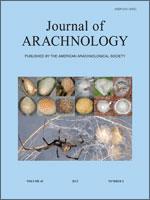The fauna of surface-active spiders was studied in 12 cereal fields, with two types of subcrop, and in four young (17 months old) perennial leys (grass/clover). The fields were located in the southeastern (A), central (B) and western (C) parts of Norway. In total, 3945 spiders were caught from May to September 2004, using pitfall traps. Linyphidae was the most numerous family, with Erigone atra Blackwall 1833 representing 56% of all trapped individuals. The total numbers of spider species and individuals were significantly higher in leys than in barley at sites where both crops were present (sites A and B), with on average 11 species and 93 specimens in barley, and 20 species and 393 specimens in leys. Thus, young perennial leys appeared to provide a better habitat for spiders than did cereal fields, as has previously been documented for older perennial leys. The use of multi-species crops instead of a single crop species undersown in cereals, tended to result in higher spider species diversity, but it did not influence the total number of specimens. An ordination (DCA) showed a clustering of the spider fauna from the same site, but no clear separation between main crop types (ley vs. barley) was apparent. The main crops, subcrops, and the surrounding environs of the cropped field seem to affect the diversity and abundance of spiders.
How to translate text using browser tools
1 August 2013
Abundance and diversity of spiders (Araneae) in barley and young leys
Reidun Pommeresche,
Anne Kjersti Bakken,
Audun Korsaeth
ACCESS THE FULL ARTICLE

The Journal of Arachnology
Vol. 41 • No. 2
August 2013
Vol. 41 • No. 2
August 2013
cereal
community structure
farming
Meadow




